Advanced Custom Fields version 6.1 is now available! 🚀🎉
ACF 6.1 elevates the plugin further as an essential part of making WordPress a true content management system. Taking WordPress beyond just posts and pages is now possible with ACF, streamlining the workflow of registering custom post types and then adding custom fields.
This release also includes an easier way to choose the right field type and a whole lot of improvements and fixes.
This has been a big effort from all involved. Thanks to all those that tested out the alpha and beta releases we’ve put out over the last few months.
👨💻 Please find the release notes below. For the latest ACF news, follow us on Twitter @wp_acf.
Let’s get into it.
Any Content, Fast.
Registering custom post types and taxonomies has landed in ACF! 🙌
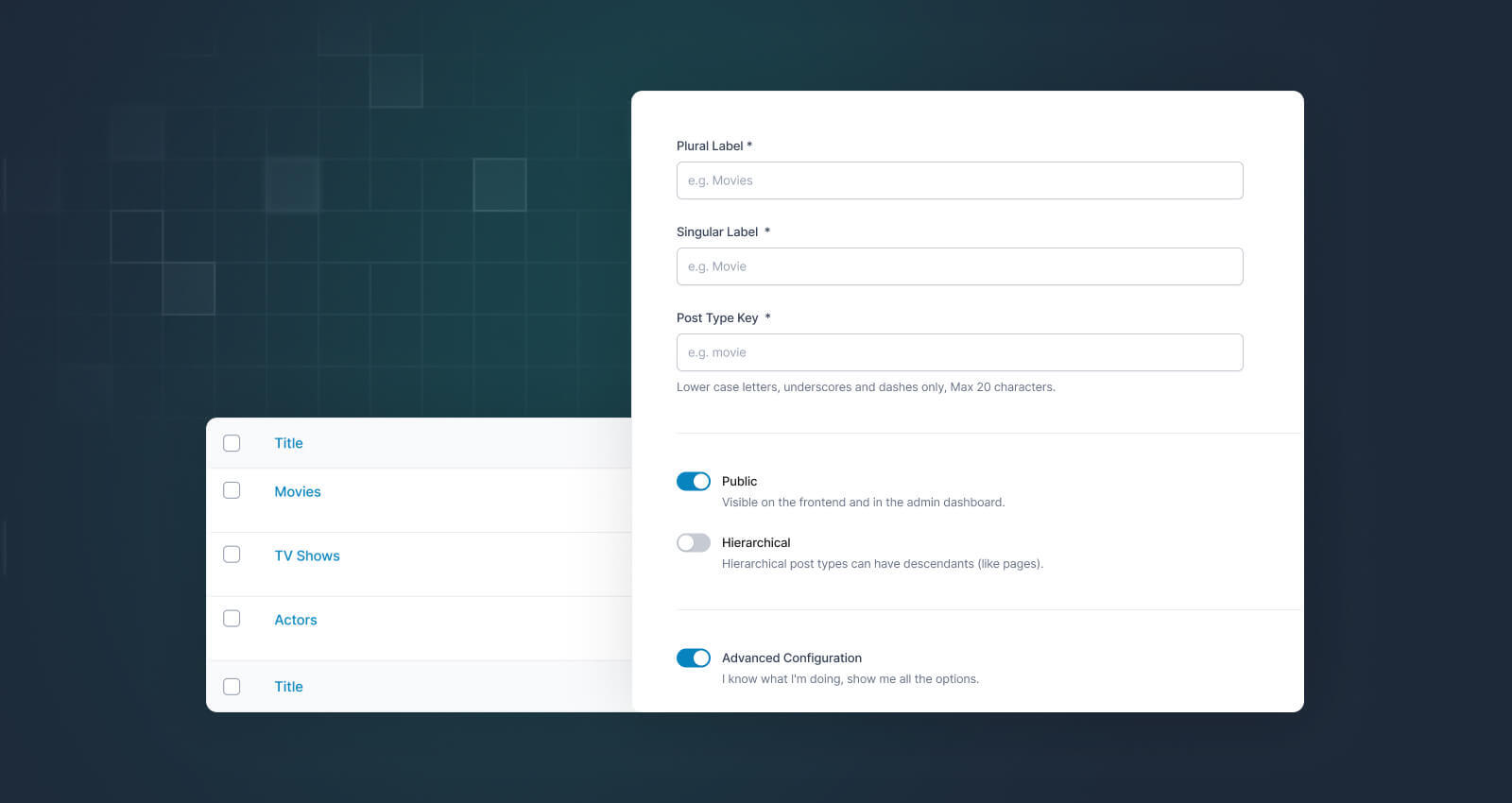
We know there are a large number of ACF users registering custom post types (CPTs) and creating custom fields for them. But they have to register the CPTs either manually with code or using another plugin. The overarching workflow of modeling the data needed for a site build is fragmented between different plugins, UIs, and user experiences. We wanted to fix that!
The Why
Registering CPTs and taxonomies has been on our roadmap for quite some time. When Delicious Brains acquired the plugin from Elliot, the first email we sent our users was to ask them the top 3 things they wanted to see in the plugin. CPTs and taxonomies in the plugin was right up there in the top five requests.
It didn’t stop there, we’ve heard it again and again.
Should honestly just integrate the functionality into ACF and be done with it.
— Aaron (@EmSixTeen) June 27, 2022
As soon as we announced we were planning to add support, we’ve had great feedback from users waiting to start a build with ACF instead of using another plugin. Damon Cook’s walkthrough also got the same positive response.
ACF supports many different ways to use WordPress, including headless sites. We frequently see sites hosted with WP Engine’s Atlas platform using ACF as their content modeling tool of choice, and this feature is crucial to making headless sites even easier to build with WordPress and ACF.
The Woah
Registering post types and taxonomies is now as slick and intuitive as creating field groups and fields:
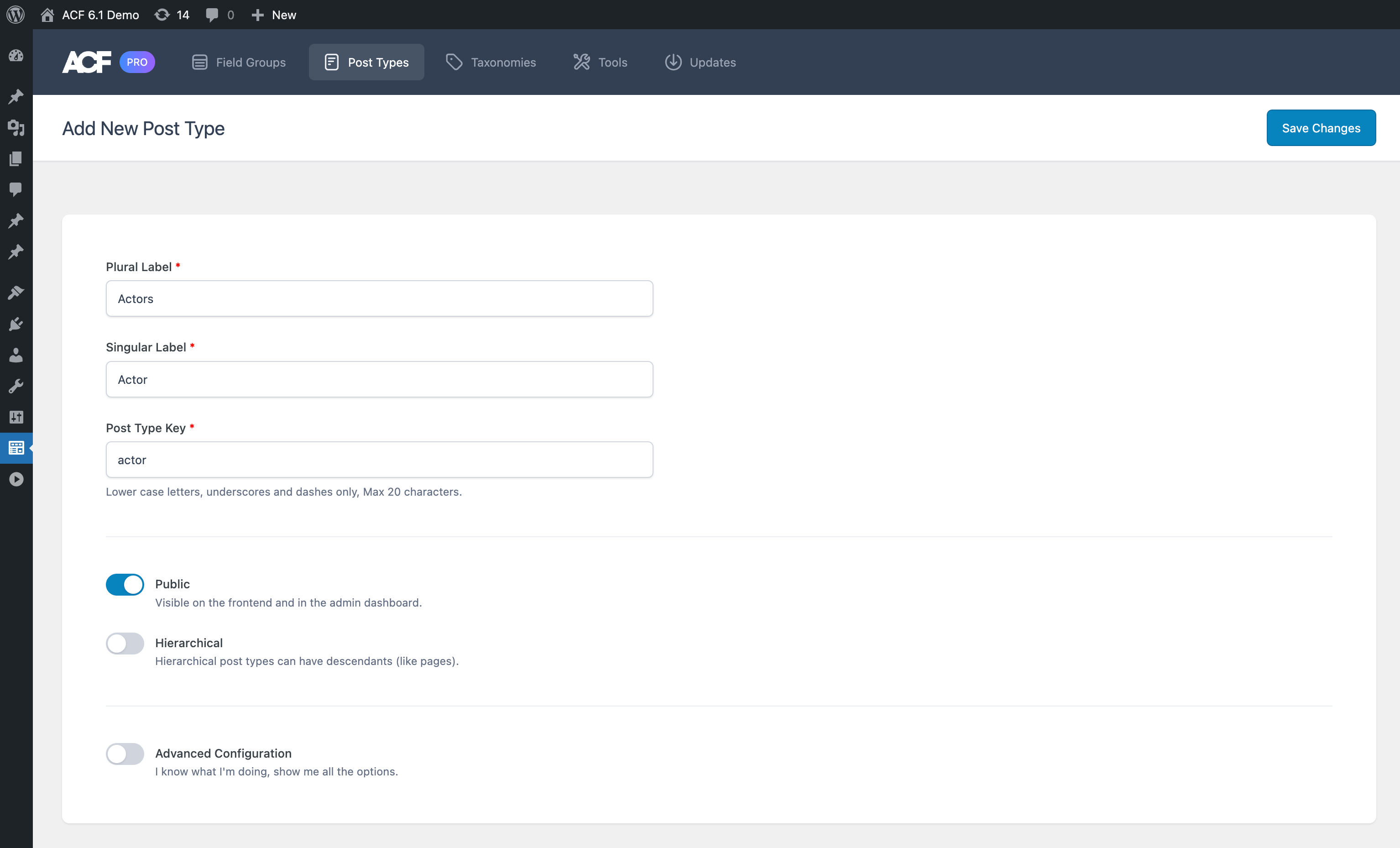
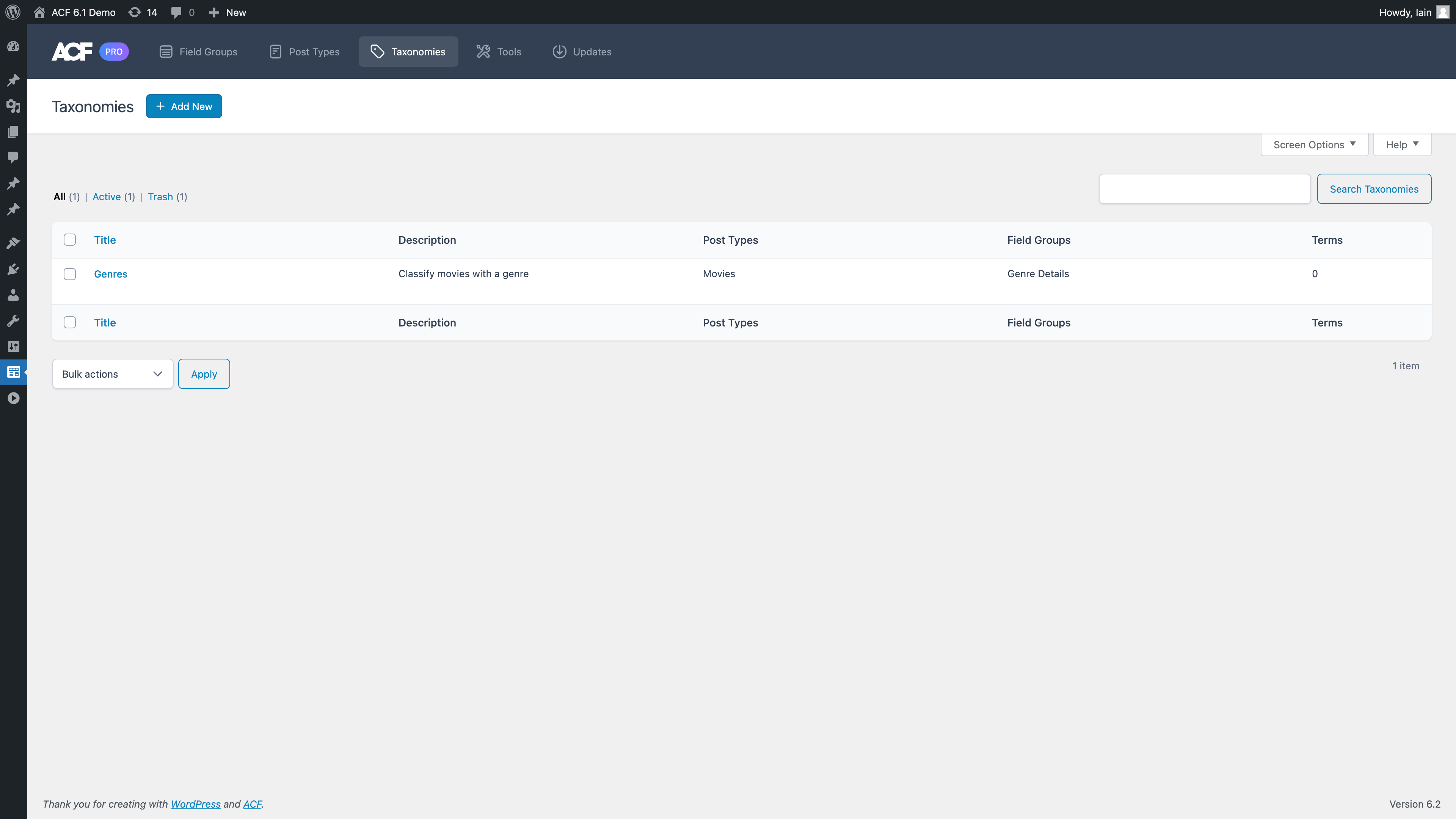
We’ve streamlined the workflow but made it fit with various ways to build your site:
- Create a post type then add a field group for it and define some fields.
- Create a post type then create a taxonomy.
- Create a post type then add an existing field group to be displayed when editing the post type.
It’s like the choose-your-own-adventure of content modeling, the ACF way:
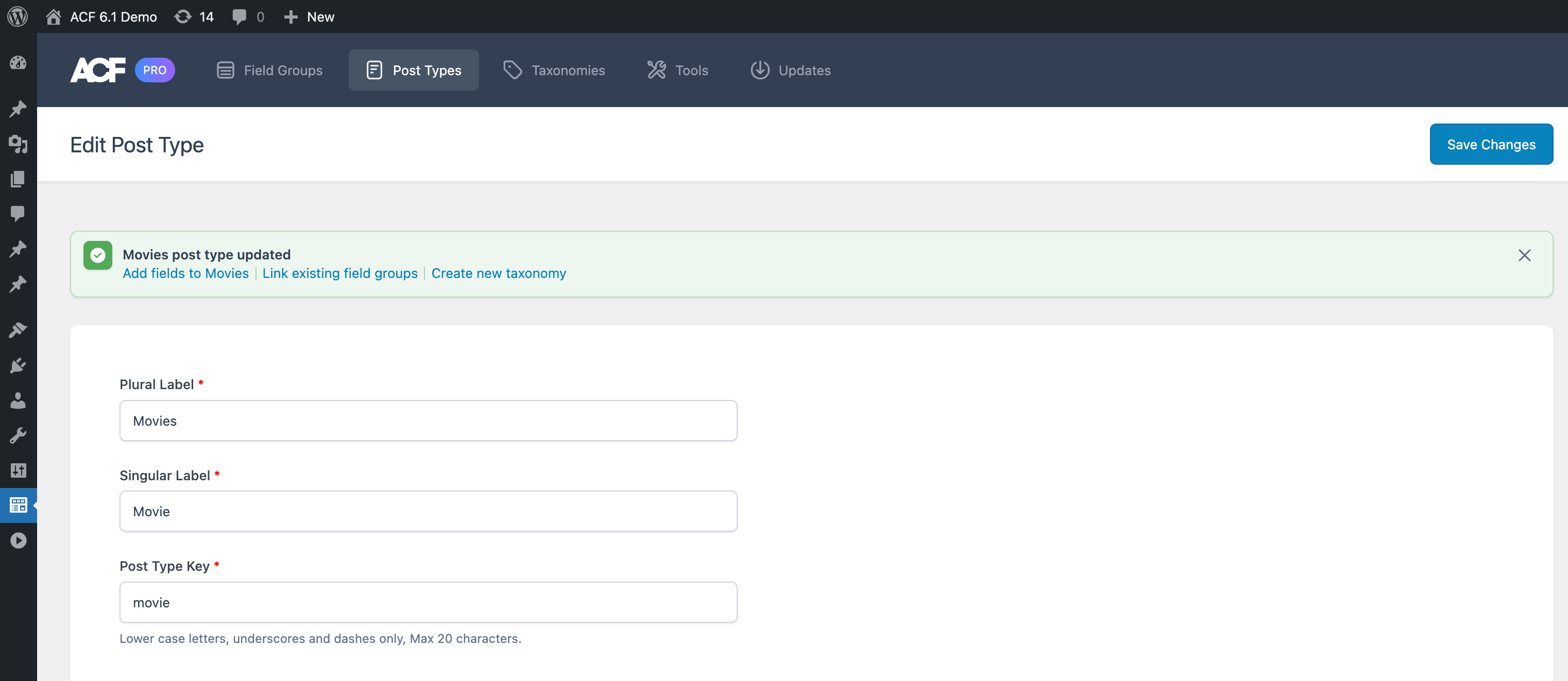
Import & Export
Our JSON sync as well as export and import tools have been updated to include post types and taxonomies registered with ACF. You can also export the PHP code for them to be used on sites where you don’t want to have ACF activated, making it easy to commit to source control.
We recognize many users have both the Custom Post Type UI (CPTUI) plugin alongside ACF and may want to consolidate post types, taxonomies, and fields into ACF going forward. To help with that, we have developed a dedicated import tool to migrate post types and taxonomies created with CPTUI to ACF.
Of course, not all ACF users will need this part of the plugin and will prefer to stick with their existing process. We’ve documented how to disable post types and taxonomies from the plugin admin here.
The post type and taxonomy feature is available in both the free and PRO versions of ACF. 🙌
What’s In A Name?
Yeah, we get it, the plugin is called ‘Advanced Custom Fields’. Fields. But now the plugin does more! This isn’t a full rebrand, but you might see us going by just ‘ACF’ a bit more from now on.
Speaking of which, we’ve updated the name of our menu item in the WordPress admin sidebar menu to ‘ACF’ from ‘Custom Fields’ which better represents the full scope of the plugin and makes it a bit clearer for users to know where to go to get their ACF on.
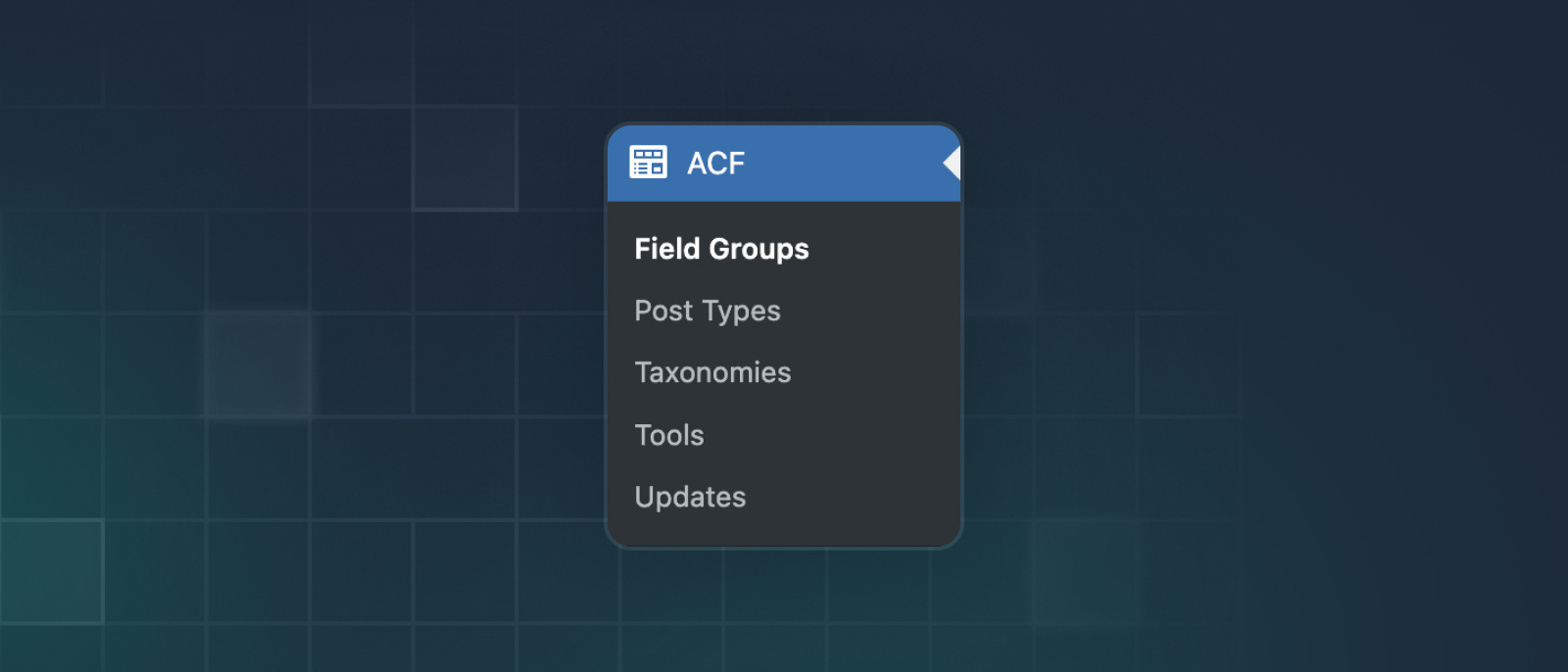
We’ve also updated the plugin’s top navigation bar to include links to the post types and taxonomy edit pages, and moved any third-party menu items to a ‘More’ sub-menu.

A Better Way to Choose Field Types
When deciding on which field to use, the existing UI simply listed the field types in a dropdown which didn’t always make things clear. Some fields have similar names – what’s the difference between a URL and Page Link field? What does the Flexible Content field do? How do I use the Clone field?
To improve that, we have introduced a ‘Browse Fields’ button next to the dropdown that when clicked opens a modal which showcases all the field types in an easy to search and informative way, with a description, visual representation of how the field will appear to editors, links to our documentation, and tutorials for the field where we have it.
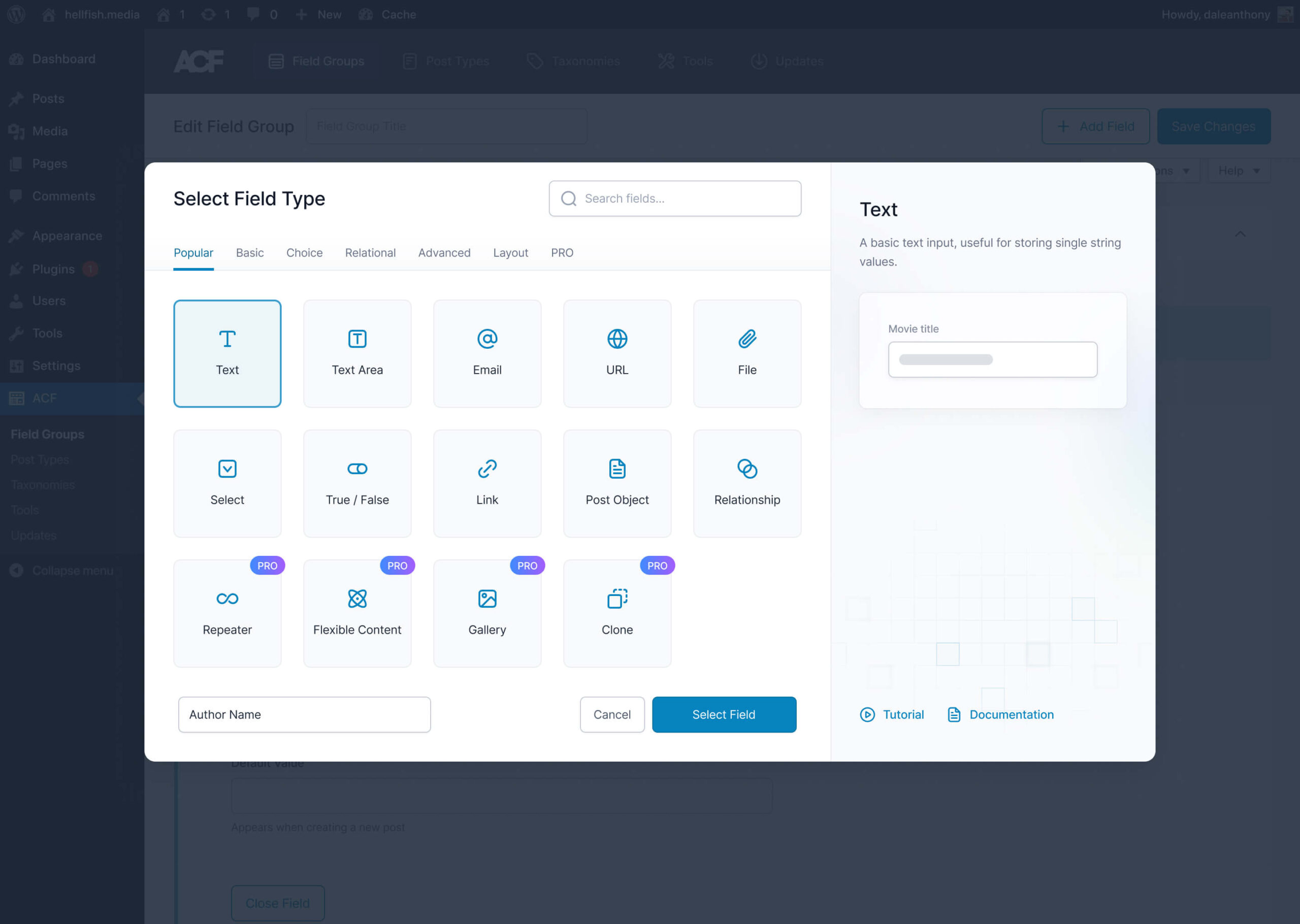
We have also improved the existing dropdown to make it easier to type-to-search for fields.
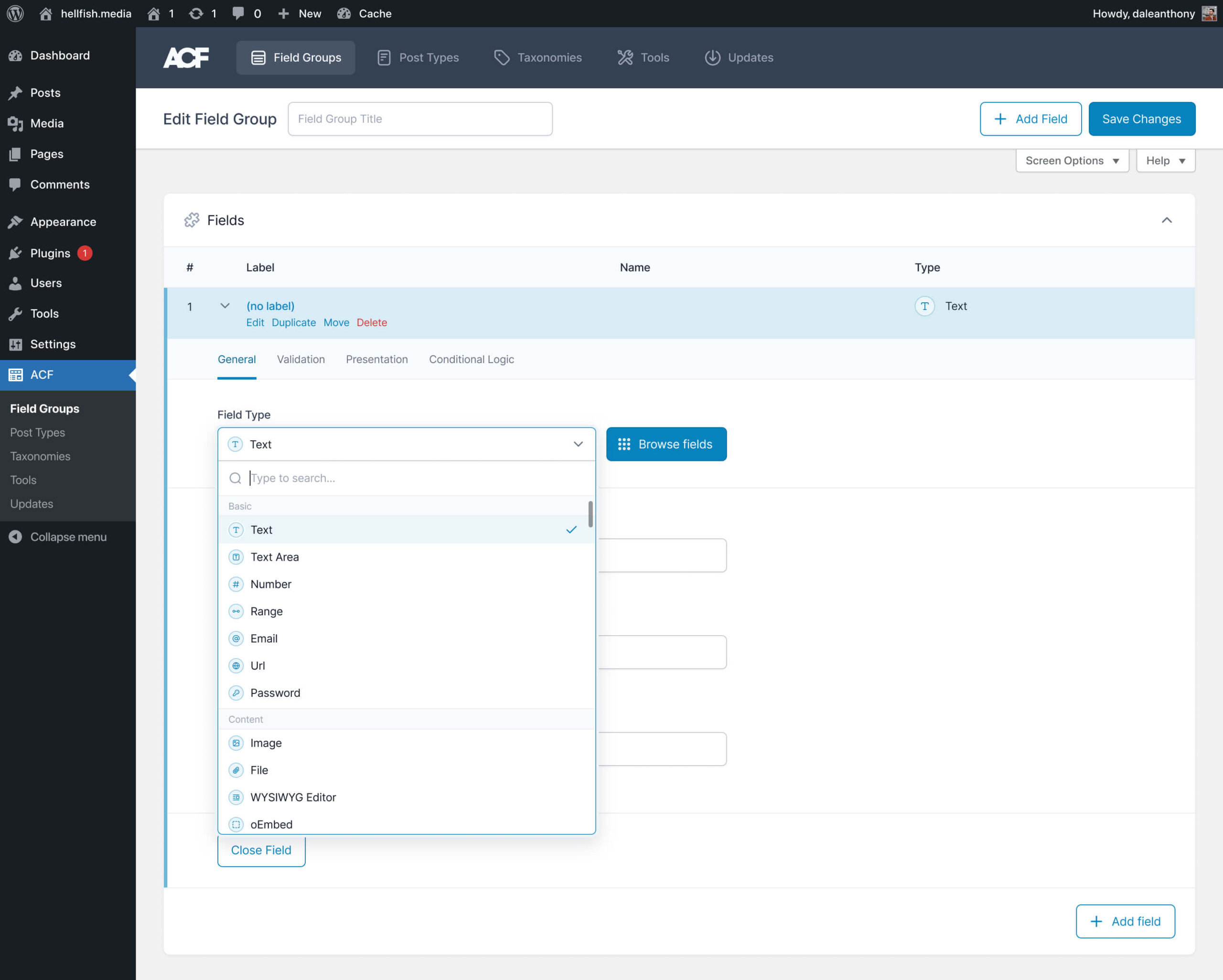
We’ve documented how to remove the ‘Browse Fields’ button in the admin here.
Other Improvements
This is an all-round big release, with the larger features already mentioned and some other important improvements. To coincide with the recent release of WordPress 6.2, ACF is also fully compatible with PHP versions 8.1 and 8.2 – no more notices or warnings thrown.
Filtering the Post Status for Post Object Fields
Due to a change in WP 5.9, draft posts were being returned in Post Object and Relationship fields when selecting post objects, instead of just published posts. This caused some confusion and required a filter to return only the published posts.
In ACF 6.1 we have defaulted the status of posts for these fields to published, but also added a new ‘Filter by Post Status’ control when defining the field, to give you full control of what posts your content editors can choose from:
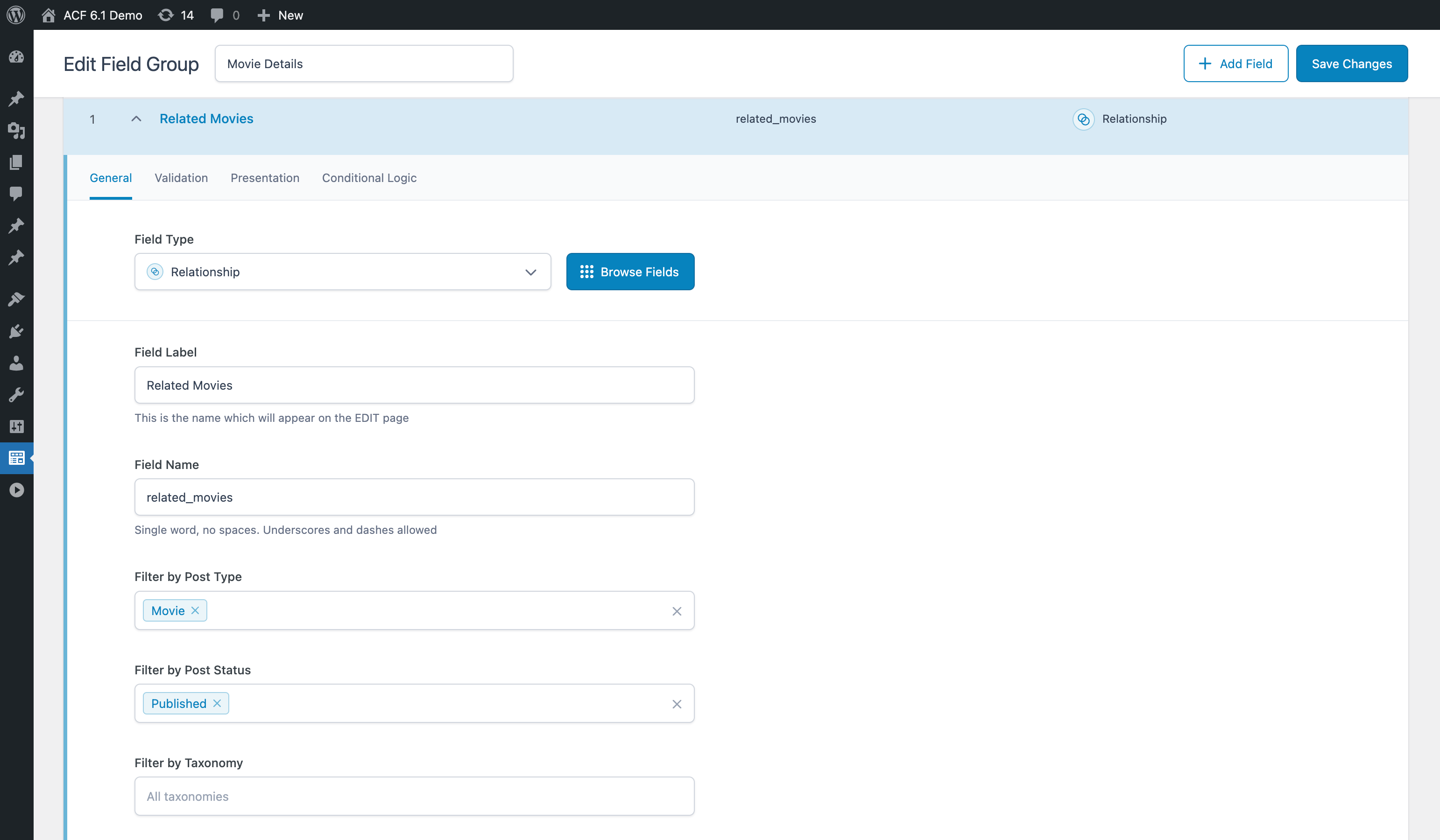
Customizing Field Settings Tabs
In ACF 6.0 we added a new tabbed layout for the field settings when editing field groups. In 6.0.6 we introduced a setting to disable the tabbed layout for power users. With this release we added an option to filter the tabs so other plugins can add custom tabs and arrange their fields in them. Learn more about adding custom settings tabs.
Improved Test Coverage
The engineers have had a busy few months, not least of all because they’ve been working hard shoring up our automated testing suite using Playwright, running automatically between GitHub and CircleCI. We now have more test coverage of the plugin with automated acceptance tests than ever before. Coupled with our beta release schedule and rigorous manual release testing, we are confident that each release will bring further stability to the plugin and give our users increased confidence when it comes to updating the plugin.
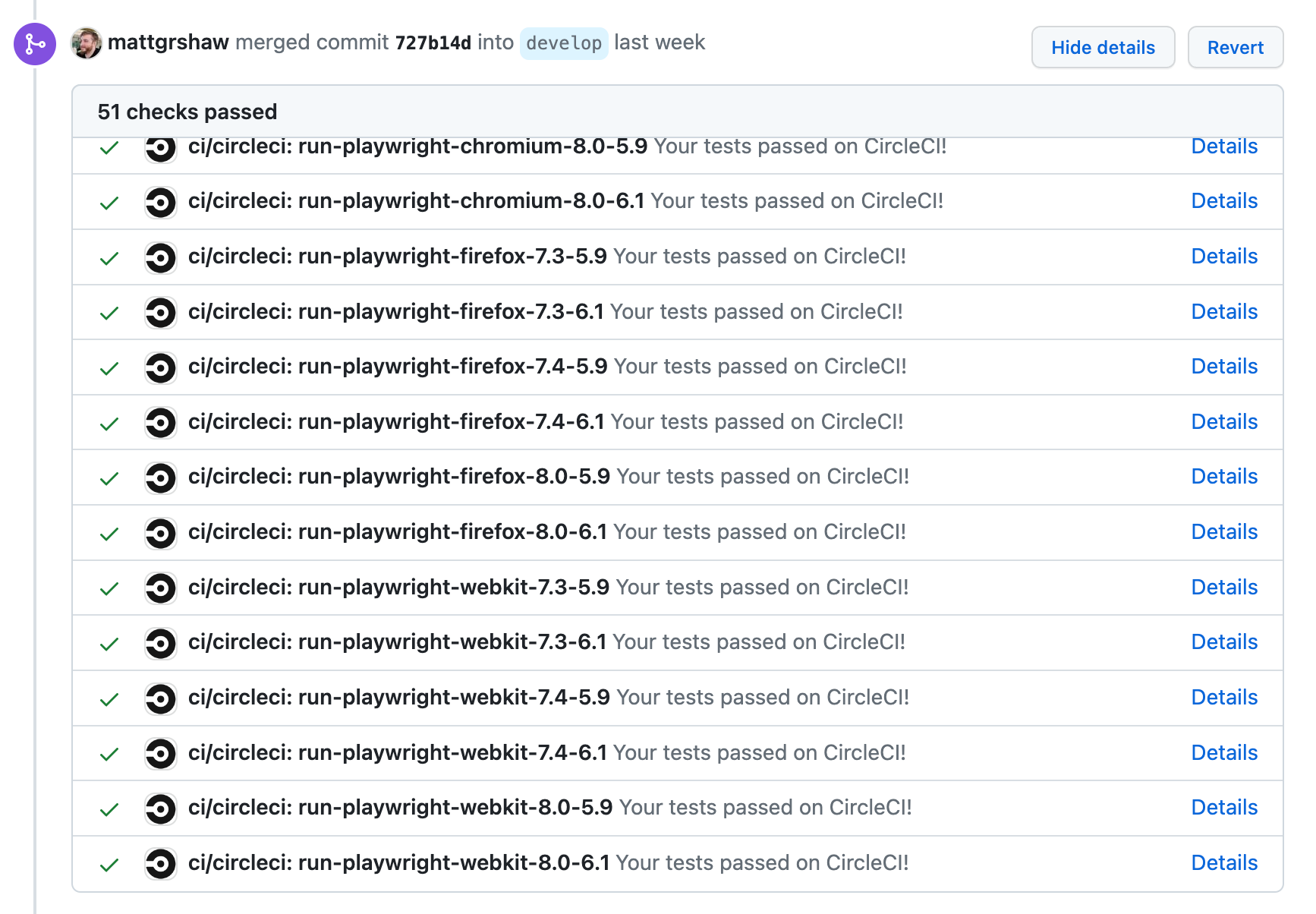
And More
These are just the highlights, there are more improvements and bug fixes bundled in this release. To see a full list of all the updates, take a look at the changelog.
Security Fix
This release also includes a fix for a potential security issue, where ACF might unserialize maliciously manipulated data which instantiates a class. This fix has also been backported to ACF 5 with the 5.12.5 release.
Automatic upgrades to 5.12.5 are not supported, and it will need to be manually updated. PRO customers can download it from their account, and users of the free plugin can download it from the WordPress plugin directory.
Once the 5.12.5 zip has been downloaded, you can update the plugin using your normal deployment system or manually on a site by logging into the site admin and navigating to ‘Plugins’ > ‘Add New’ > ‘Upload Plugin’ then choosing the 5.12.5 zip file. WordPress will ask you if you want to overwrite the existing plugin version to upgrade.
Translations
As you can imagine, shipping a whole new section of the ACF admin means many new strings. All of our new strings are localized in the free version of ACF, and so if you’d like to contribute new translations for your language, you can do this at translate.wordpress.org. These will then be imported into the plugin for our next release.
What’s Next
We’ve got a packed backlog with new features, improvements, and bug fixes to keep us busy over the next few months. We’ll be looking to address some long standing issues and focus on improving the content editing experience of our complex fields. Keep up to date with what we’re working on in our bi-weekly ACF Chat Fridays office hours.
Thanks to everyone in the ACF community who helped make this release possible! 🙌
Are you excited about the new features and improvements in ACF 6.1? Let us know in the comments below or on Twitter.
Update: We’ve since released ACF 6.1.1 and 6.1.2 which resolve issues for users who call acf_add_local_field_group prior to the acf/init action.
For questions and help about this release, please contact our support team.


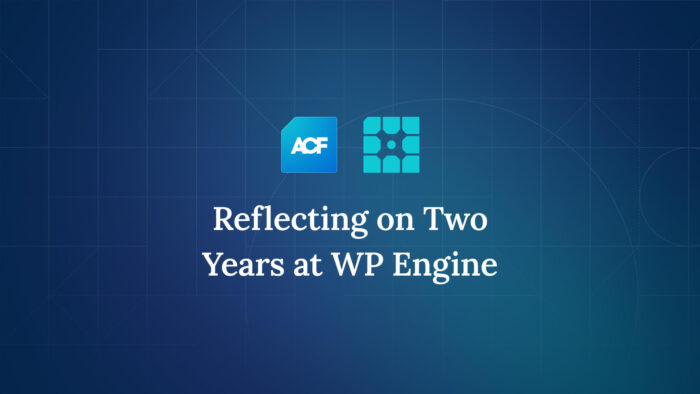
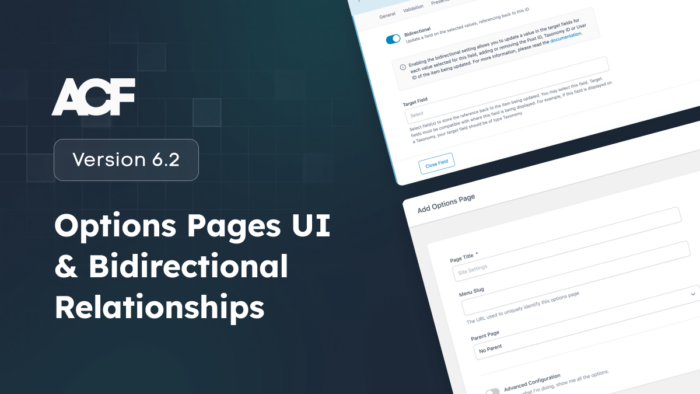
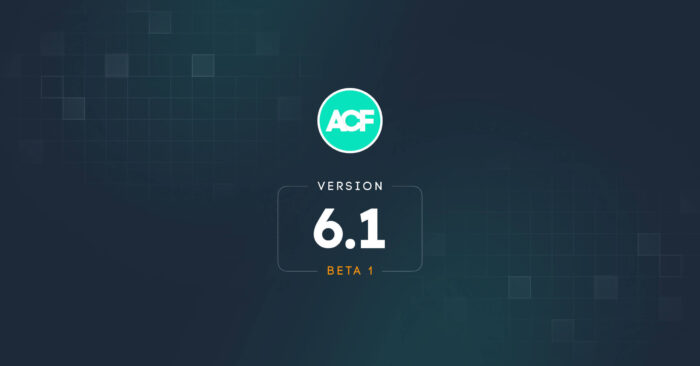

For plugin support, please contact our support team directly, as comments aren't actively monitored.